3 January 2025
When was the last time you got completely lost in an open-world game? I’m not just talking about wandering off the main story or chasing side quests like a headless chicken (guilty as charged). I mean really immersed—a moment where you forget the real world even exists. Chances are, sound design had a lot more to do with that than you might realize.
Yeah, we often rave about graphics, gameplay mechanics, or narrative arcs, but let’s be real: sound is the unsung hero of gaming. Without it, even the most stunningly rendered worlds would feel lifeless and hollow. So, let’s dive deep into why sound design is the MVP of open-world games.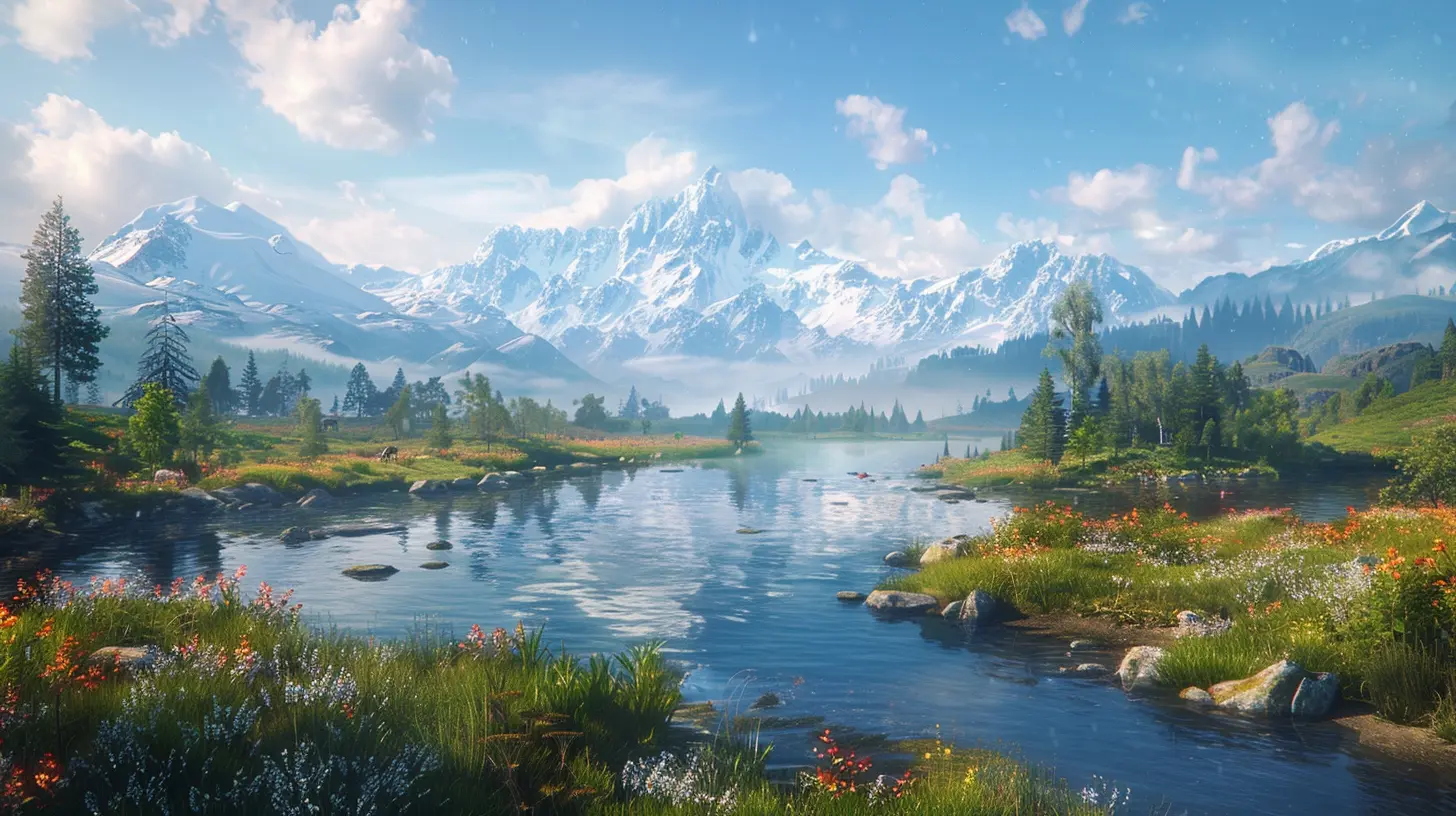
What is Sound Design, Anyway?
Before we get to the good stuff, let’s clear this up. Sound design isn’t just about slapping in some background music and calling it a day. Nope, it’s an art form. It’s the careful crafting of every single audio element in a game—from ambient noise to character footsteps and even the spine-tingling roar of a dragon.Think of sound design as the emotional engine of a game. It’s what makes an open world feel alive. Without it, your sprawling virtual world is just a pretty picture with no soul.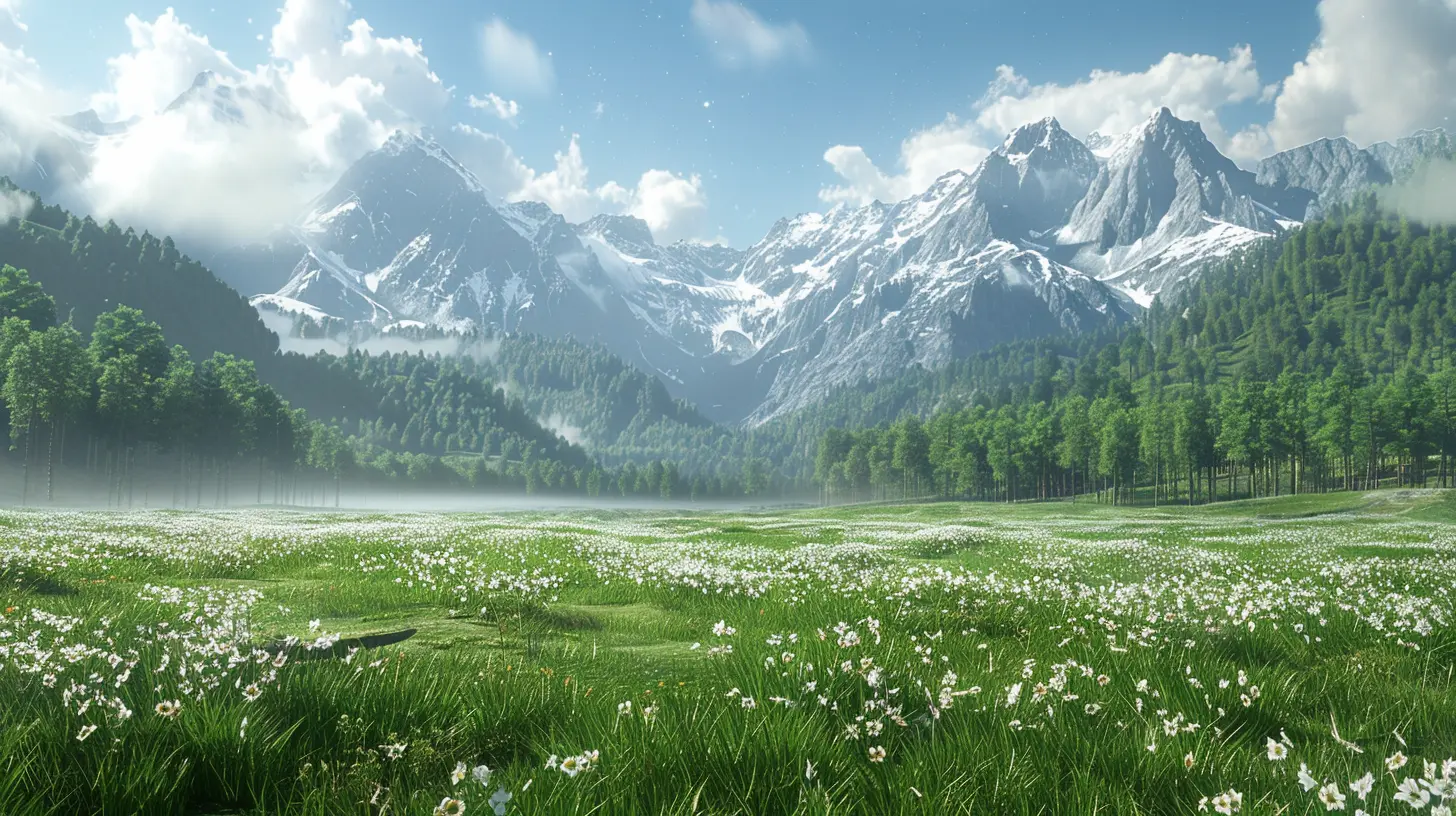
Why Sound Design Matters in Open World Games
Okay, so sound makes open-world games better. But why? Let’s break it down.1. Breathing Life Into the World
An open world without sound is like a party with no music—it’s just awkward and empty. Imagine walking through a dense jungle in a game. You hear the rustling leaves, chirping birds, distant waterfalls, and maybe even a predator’s growl. That’s sound design building an illusion of life.Wouldn’t those same visuals feel flat and dead without those sounds? Exactly. Good audio turns a static backdrop into a dynamic ecosystem.
2. Guiding the Player Without Handholding
Great sound doesn’t just set the mood—it can actually guide you through the game. Ever notice how a faint humming noise might lead you to a treasure chest or how eerie silence signals danger ahead? That’s intentional.Sound design works like a subtle GPS for your brain. It whispers, “Hey, maybe check that cave over there,” without shoving a flashing arrow in your face. And let’s be honest, nobody likes being treated like a clueless toddler.
3. Setting the Emotional Tone
Ever cried, gasped, or laughed because of an in-game moment? Thank the sound design. Music swells during a heroic fight or softens during a tender cutscene to make you feel things. Even the absence of sound—those moments of dead silence—can speak volumes.Open-world games lean on audio to set the tone. Whether it’s the gritty despair of a post-apocalyptic wasteland or the whimsical charm of a fantasy kingdom, sound tells you exactly how you’re supposed to feel.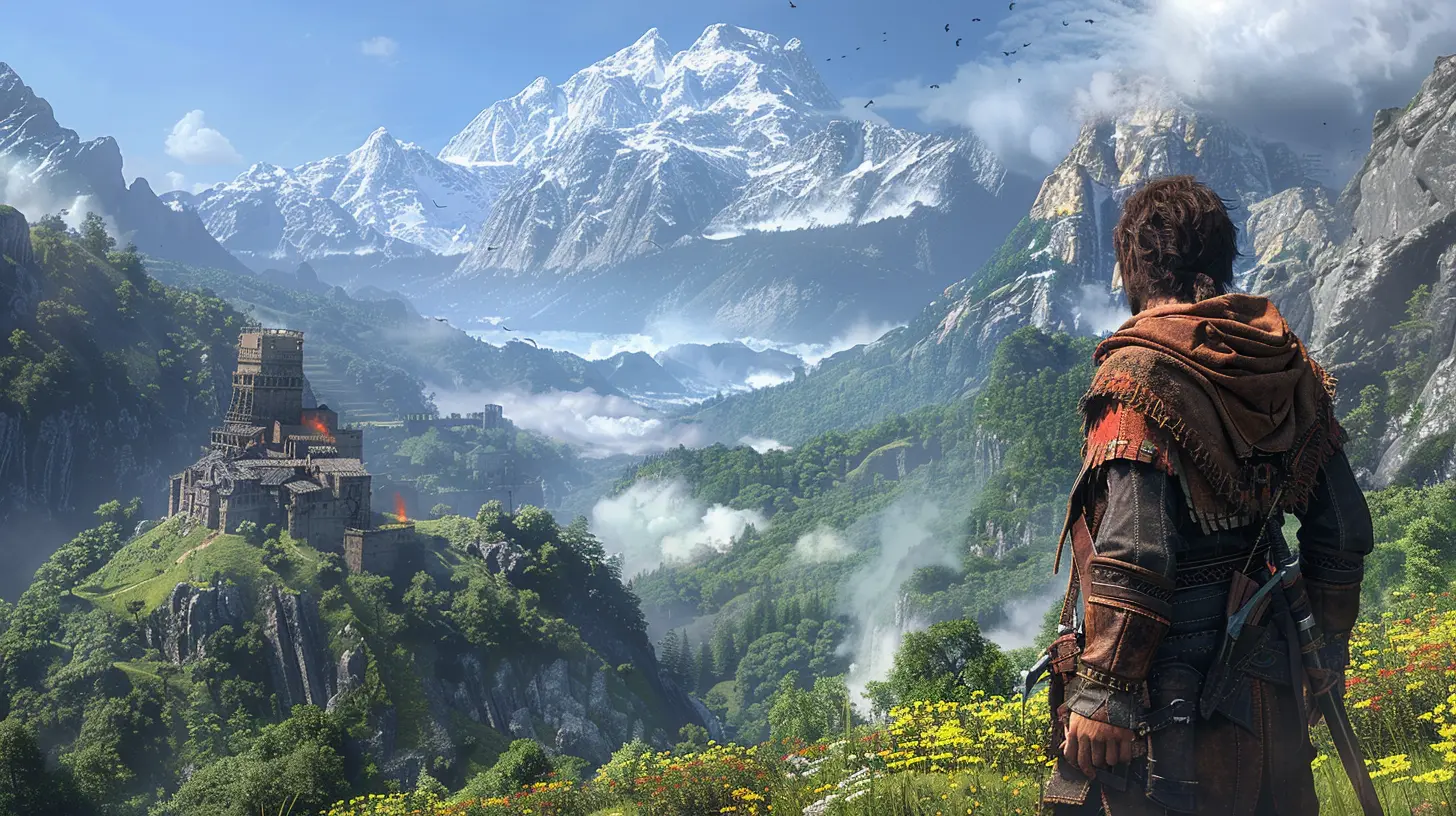
Key Components of Stellar Open World Sound Design
Now that we know why it’s important, let’s talk about what makes sound design in open-world games stand out.1. Ambient Sounds
This one’s a biggie. Ambient sounds make the world believable. It’s the creak of wooden planks in a rickety town, the distant thunderclap during a storm, or even the faint buzz of insects in the countryside.Games like Red Dead Redemption 2 absolutely nail this. You can hear leaves rustling in the wind, animals scurrying away, and the faint hum of life all around you. It feels real enough to make you forget you’re staring at a screen.
2. Dynamic Reactive Music
Dynamic music isn’t just background noise—it reacts to what you’re doing. If you’re exploring, the music might be soft and subtle. Get into a fight, though, and it cranks up the intensity like a hype man at a boxing match.A perfect example? The Legend of Zelda: Breath of the Wild. The score adapts to every situation, pulling you deeper into its world. Whether you’re galloping across Hyrule or battling a Lynel, the music changes to match your vibe.
3. Spatial Audio
Ever spun around in a game because you could swear you heard something creeping up behind you? That’s spatial audio doing its thing. It replicates real-world sound direction, making you feel like you’re smack-dab in the middle of the action.If you’ve played The Witcher 3, you know how this works. The audio positions wolves howling to your left, villagers chatting ahead, and rivers flowing to your right. It’s like stepping into a full-blown 3D soundscape.
4. Character and NPC Voices
Let’s not forget dialogue. Whether it’s your protagonist muttering a witty remark or NPCs shouting about their latest woes, voices add personality to the world.Good voice acting paired with strong sound direction can make you care about characters—even the random ones. I mean, who didn’t stop to listen to Skyrim’s NPCs complain about their former adventuring days before taking an arrow to the knee? 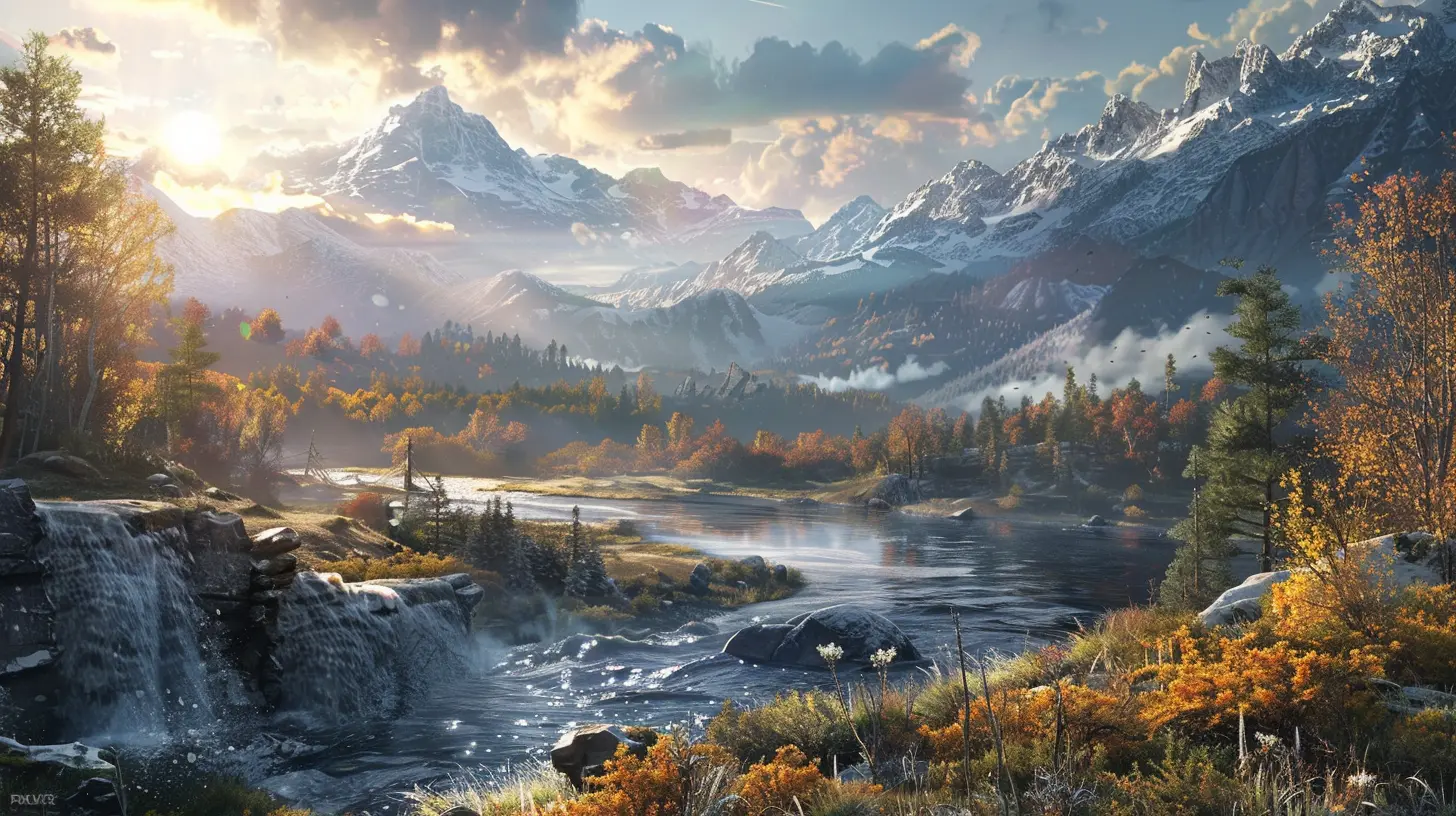
How Bad Sound Design Ruins the Experience
Of course, it’s not all sunshine and rainbows. When sound design flops, it’s painfully obvious.Bad audio can break immersion faster than a buggy physics glitch. Imagine stepping into a bustling marketplace only to find... silence. Or worse, you hear the same three sound loops repeated over and over until you want to throw your controller across the room.
Poorly timed or inconsistent audio cues are another buzzkill. If the tense music kicks in long after the monster has pounced, the moment’s ruined. It's like a joke with bad timing—awkward and disappointing.
The Games That Got It Right
Let’s give some shoutouts to games that set the gold standard for sound design in open-world gaming.1. Red Dead Redemption 2
We’ve already touched on its ambient sound, but let’s go deeper. Rockstar’s attention to detail is absurd. You can hear guns crack echoing through a canyon or the faint rustle of your horse’s saddle. Every sound feels authentic.2. Horizon Zero Dawn
The way machines sound in this game is pure genius. Each one has its own unique mechanical noises, giving them personality and making them instantly recognizable. Pair that with lush environmental audio, and you’ve got a masterpiece.3. The Last of Us Part II
Okay, technically not a sprawling open-world game, but let’s give it proper credit. The oppressive silence, the sudden bursts of chaos, and even the tiniest creaks of floorboards all heighten the tension. It’s a masterclass on how to use sound to mess with your emotions.Conclusion: Why Sound Design Deserves More Love
Look, sound design isn’t just a “nice-to-have” feature—it’s essential. It’s the glue that holds an open-world game together. It sets the mood, guides your exploration, and brings every pixel of the game to life. Without it, even the most visually stunning games would fall flat.So next time you’re wandering through a vibrant open world, take a moment to appreciate what you’re hearing. Whether it’s the rustle of leaves, the echo of distant gunfire, or the hum of a city, sound design is what makes these worlds worth losing yourself in.

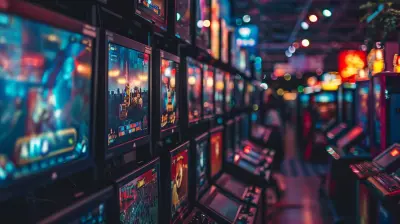



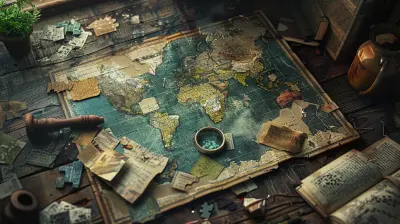
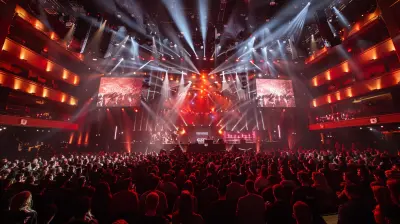


Nora Sullivan
Sound design in open world games shapes atmosphere and player immersion, turning moments into experiences. It's the unsung hero that enhances storytelling and emotional engagement.
April 4, 2025 at 4:12 PM